What is the Climate Finance Vulnerability Index (CliF-VI)?
National Center for Disaster Prepardness
JUNE 25, 2025
By: Amy Campbell, Student Researcher, National Center for Disaster Preparedness (NCDP) Adaptation finance is critically underfunded, with existing finance skewed toward mitigation and middle-income markets. The CliF-VI demonstrates that climate vulnerability is about the ability to adapt, not just the hazard itself.







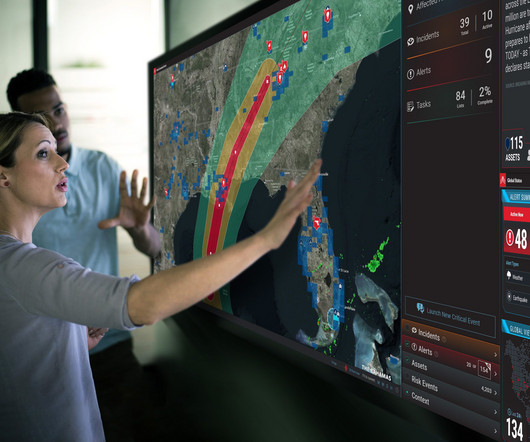


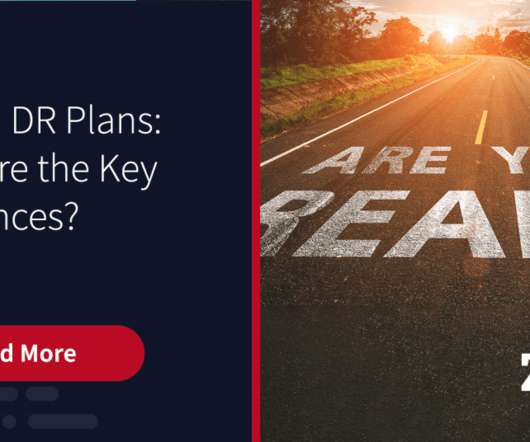

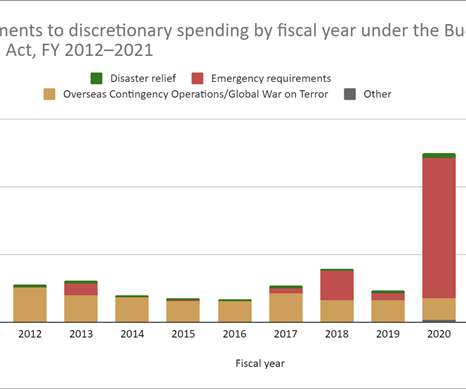

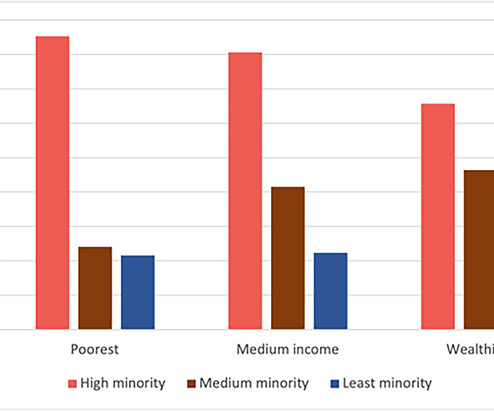


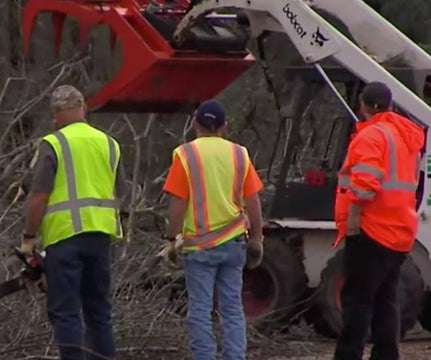








Let's personalize your content